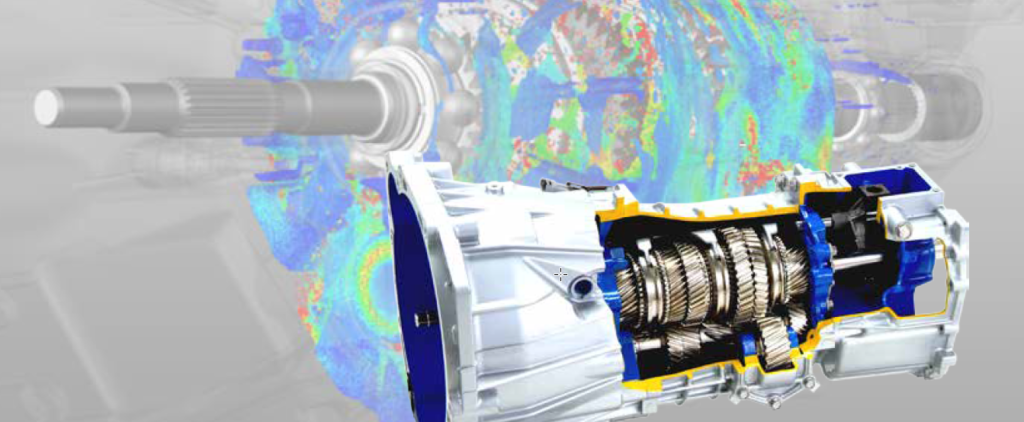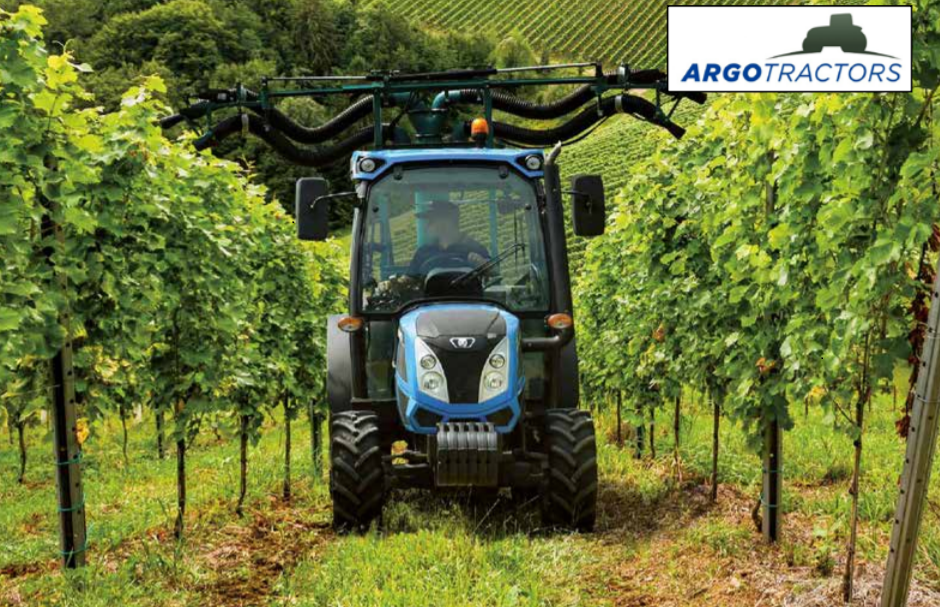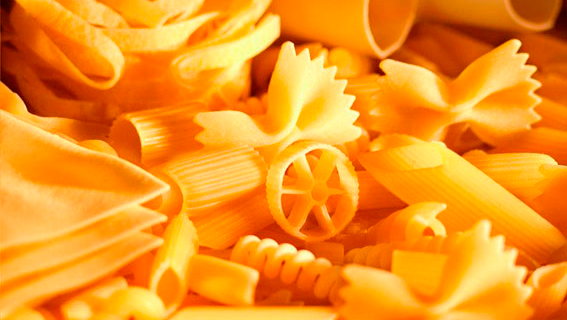Overview
This feasibility study has been carried out to investigate and develop the characteristics of a greenhouse module for a future lunar base. The objective is to enhance the potential for human space exploration by developing bio-regenerative life support systems. These systems must meet all human needs to maintain adequate living conditions. In this context, a greenhouse module is a fundamental part of every concept for a stable and independent base in future space missions.
Importance of Bio-Regenerative Life Support Systems
To increase the possibilities for humans to explore space, the development of bio-regenerative life support systems is essential. These systems must fulfill all human needs to sustain sufficient living conditions. A greenhouse module can play a crucial role in such systems by closing various resource loops within a habitat. This includes recycling wastewater, reducing CO2 levels, and producing food and oxygen.
Key Functions of the Greenhouse Module
A greenhouse in a lunar base would (re-)generate essential resources for humans, enabling the following:
- Water Recycling: The greenhouse module can recycle wastewater, transforming it into clean, usable water. This is crucial for maintaining a sustainable water supply in the isolated environment of a lunar base.
- CO2 Reduction: Plants within the greenhouse can absorb carbon dioxide and release oxygen through the process of photosynthesis, thereby maintaining breathable air quality.
- Food Production: Growing edible plants in the greenhouse would provide a renewable source of food, reducing the dependency on supply missions from Earth.
- Oxygen Production: In addition to reducing CO2, the greenhouse module would produce oxygen, further supporting the life support system of the lunar base.
Methodology
EnginSoft CFD experts employed advanced computational fluid dynamics (CFD) techniques to analyze the greenhouse module’s design and functionality. The study focused on simulating the environmental conditions within the module, including temperature, humidity, and airflow patterns. These simulations help ensure optimal growing conditions for plants and efficient resource recycling processes.
Challenges Addressed
Several challenges were addressed during the study:
- Microgravity Effects: Understanding how the lack of gravity on the Moon affects plant growth and fluid behavior.
- Thermal Regulation: Designing a system that can maintain optimal temperatures for plant growth despite the extreme temperature variations on the lunar surface.
- Radiation Protection: Ensuring that the greenhouse module can protect plants and equipment from harmful solar and cosmic radiation.
Benefits of the Study
The insights gained from this study are critical for the successful development of a sustainable greenhouse module for future lunar bases. The CFD analysis provided valuable data on the module’s performance under various conditions, guiding design improvements and ensuring the module’s reliability in supporting human life on the Moon.
Conclusion
This feasibility study has paved the way for the development of effective bio-regenerative life support systems, crucial for extended human missions in space. By demonstrating the viability of a greenhouse module for a lunar base, the study contributes to the broader goal of establishing sustainable human habitats beyond Earth.
For a more in-depth understanding of this study and its findings, you can access the full case study here: CFD Consulting Study of Greenhouse Module for Space System. This comprehensive document offers detailed insights into the methodologies employed, the results obtained, and the implications for future space exploration and habitat design.





